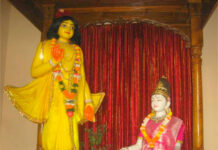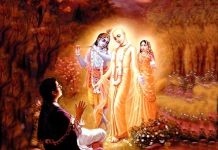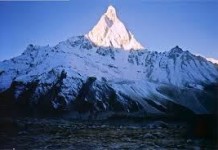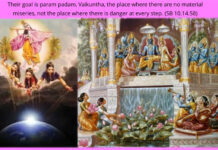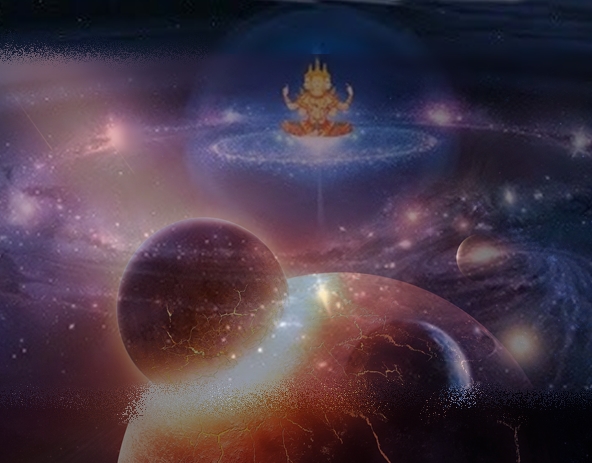
While it is good to admit past mistakes, such admittance is meaningful only when we learn from them without being proud of embarking on making new similar mistakes. Unfortunately, this exactly is the case with modern scientists. After proudly teaching the world how the Moon came into existence, how old it is, what it is made of and all that, now the scientists have come up with a new theory that makes our Moon 40 to 140 million years older than previously thought.
Not only that, the new theory also casts multiple questions on the current understanding of the formation of planets in our solar system. It will not be an easy ride for the scientist community to explain existing theories with the new one and you can expect more turnarounds and debates in the coming years. Earlier they also said that the age of Earth is more than previously thought.
The noise is not about scientists making mistakes; it is about them claiming to know things that they don’t know. Not only that, they impose their new theories, produced at the cost of millions of dollars, on students and general mass as if what they find every time is absolute truth. For example, this time they again assure that they have calculated the Moon’s age with an unprecedented accuracy and are sure about the conclusion.
“Earth’s moon, an object of charm for many, is older than previously believed – at 4.51 billion years of age, University of California Los Angeles (UCLA) scientists concluded in a new finding via uranium-lead dating process on samples of rocks and dust …” – Moon is 4.51 billion years old, much older than we thought
“These findings have not only determined the age of the Moon with a high degree of accuracy (and for the first time), it also has implications for our understanding of when and how rocky planes formed within the Solar System. By placing accurate dates on when certain bodies formed, we are able to understand the context in which they formed, which also helps to determine what mechanisms were involved.” – The moon is much older than anyone believed
The reality, however, is entirely different. According to Vedic science, the infallible science of ancient India that has never changed and will never change because it is science in the real sense of the term, the Moon is much older than the new estimation of modern scientists, i.e. 4.51 billion years. Some reports say it is 4.53 billion years. There are plenty of reasons why Vedic science should be considered far superior to modern science.
Moon in the Vedas
The Vedas give accurate information not only about the age of Moon and Earth but also of other innumerable planets, galaxies and solar systems when modern science lacks the technology to even properly see the distance galaxies. The theory that our Moon was created from a fiery cataclysm produced by a collision between the Earth with a Mars-sized object, named Theia, is another speculation which is bound to prove wrong in due course of time.
We understand from the Vedas that the Moon is as old as Earth, which is is as old as this universe. The age of this universe is calculated to be equal to the lifespan of its secondary creator, or engineer, Lord Brahma, whose one day is equal to 4,320,000,000 solar years. His night is of the equal duration, and he lives for 100 full years. Lord Brahma has completed 50 years. With this calculation, the current age of the Moon is 155.5 trillion solar years.
What misleads the modern scientists the most is their own illusive theory of creation. They have serious difficulty accepting that the universe is not created by an accident. After spending decades in proving that it was created by a Big Bang, meaning by an accident, they are still struggling to explain, for example, what triggered that tremendous heat that caused the so-called bang, if it ever happened as they claim. Also, they have no answer to what exactly existed before the universe came into existence.
The truth is, not only this but all other billions of universes came into existence for a cause and by specific plan. It is just not possible for human intelligence to know all about the universe on its own. Especially in this age, Kaliyuga, human intelligence is too insignificant to even think beyond a certain point. This is evident from what we hear from what we consider scholarly communities of scientists, economists, archaeologists and so on. The only way to understand universal affairs, which are beyond our sensory perception and technological reach, is to acquire knowledge through Vedas, through descending process.
One welcome step the scientists have taken is, they are now showing interest in understanding the information given in the Vedas. This is one reason they encourage the study of Sanskrit texts, the language of the Vedas. If India can introduce and teach Sanskrit in schools and universities, it will mark a turning point in scientific advancement with India leading the world in reaching new heights.


